From Lee Sallows, a geomagic square with a staircase theme:
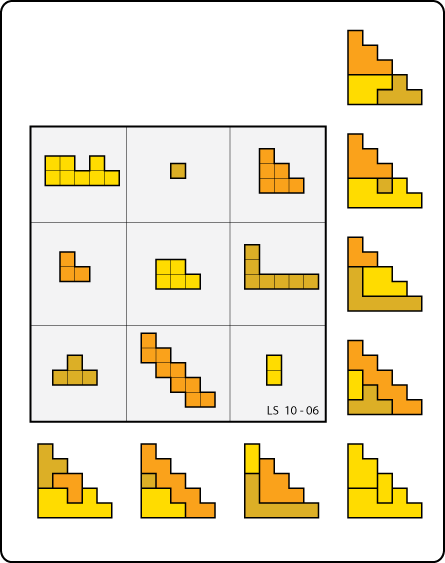
(Thanks, Lee!)
From Lee Sallows, a geomagic square with a staircase theme:

(Thanks, Lee!)
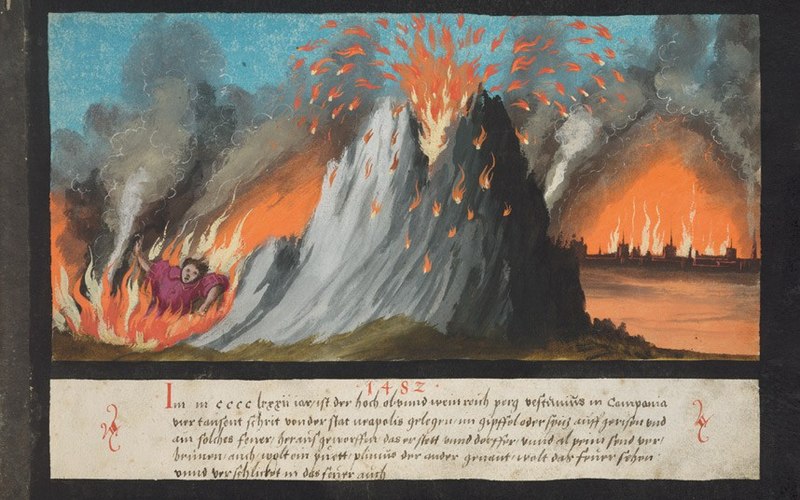
What is this? A mysterious illuminated manuscript seems to have appeared in Augsburg, Germany, around 1550, but no one knows who created it or for whom. The name of Augsburg printmaker Hans Burgkmair appears on one page, so he’s thought to be a contributor, but the manuscript contains no introduction, title page, table of contents, or dedication; instead it launches directly into a catalog of divine wonders and marvels of nature, each illustrated in full color.
“The manuscript is something of a prodigy in itself, it must be said,” wrote Marina Warner in the New York Review of Books in 2014. “[I]ts existence was hitherto unknown, and silence wraps its discovery; apart from the attribution to Augsburg, little is certain about the possible workshop, or the patron for whom such a splendid sequence of pictures might have been created.” Here it is.
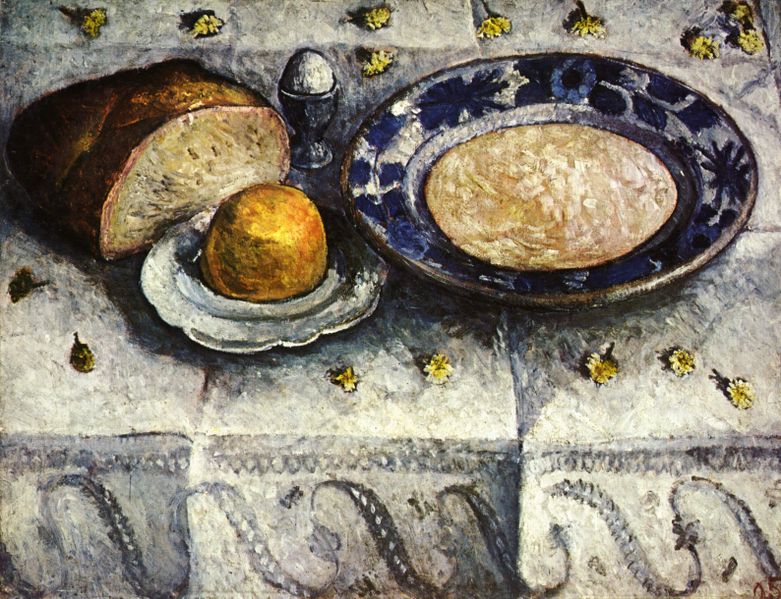
“If a man will be sensible and one fine morning, while he is lying in bed, count at the tips of his fingers how many things in this life truly give him enjoyment, invariably he will find food is the first one.” — Lin Yutang
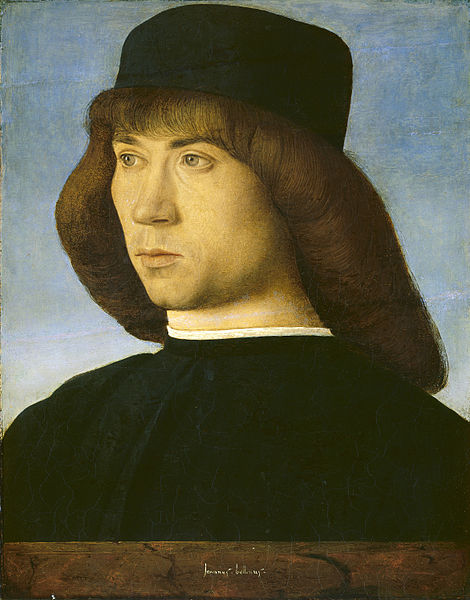
Why do people in bygone days wear such gloomy expressions? In the 16th and 17th centuries, smiling wasn’t encouraged in part because of poor dental hygiene. Louis XIV had no teeth, and the Mona Lisa may have been trying to hide gaps or stains in her smile.
Beyond the dental challenge, broad smiles and open laughter were often actively criticized, seen as reflecting a distressing lack of emotional control. Upper-class manners insisted that a boisterous laugh was a sign of poor breeding, really no better than a yawn or a fart. A French Catholic writer argued, in 1703, ‘God would not have given humans lips if He had wanted the teeth to be on open display.’ Children might smile, to be sure, but an adult should have learned to know better.
Fashionable audiences disdained laughing aloud — Molière said that this goal was not to entertain but to “correct the faults of men.” And in Protestant countries people sought to “walk humbly” in the sight of God — one writer commented that in his view, the Almighty “allowed of no joy or pleasure, but of a kind of melancholy demeanor or austerity.” This finally changed with the Enlightenment — John Byrom wrote in 1728, “It was the best thing one could do to be always cheerful.”
(Peter N. Stearns, Happiness in World History, 2020.)
Swiss chemist Hans Heinrich Landolt discovered this startling reaction in 1886: Two colorless solutions are mixed and, after a distinct delay, the liquid turns dark blue due to the formation of a triiodide–starch complex. It’s called the iodine clock reaction.
In the 13th century, Cistercian monks worked out a system of numerals in which a single glyph can represent any integer from 1 to 9,999:
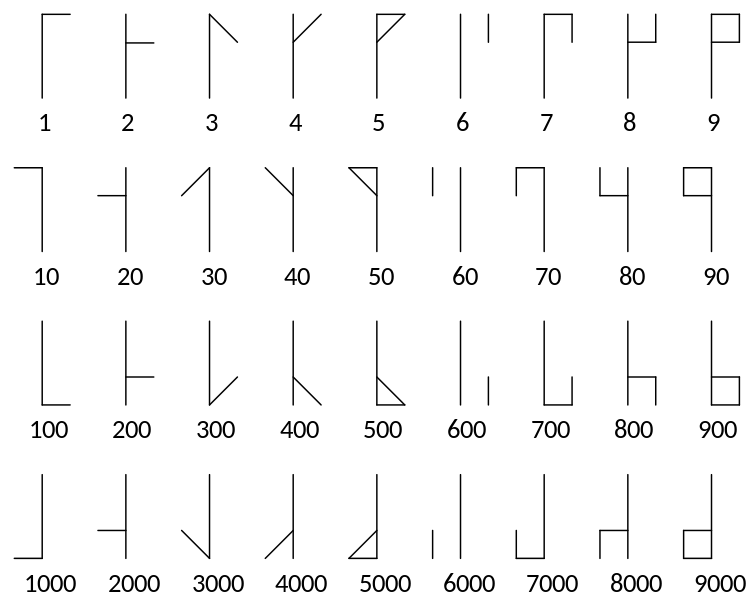
Once you’ve mastered the digits in the top row, you can represent tens by flipping them (second row), hundreds by inverting them (third row), and thousands by doing both (fourth row). And now you can combine these symbols to produce any number under 10,000:

The monks eventually dropped the system in favor of Arabic numerals, which reached northwestern Europe at about the same time, but it was being used informally elsewhere as recently as the early 20th century.
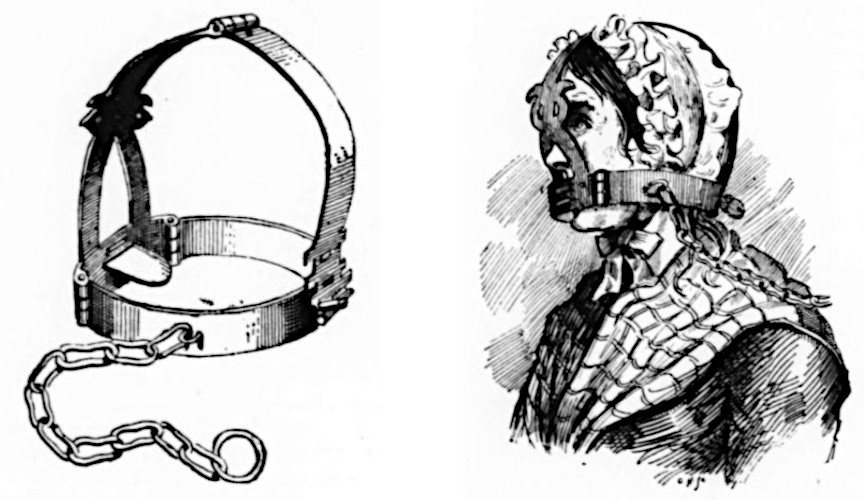
The brank consisted of a kind of crown or framework of iron, which was locked upon the head of the delinquent. It was armed in front with a gag, plate, point or knife of the same metal, which was fitted in such a manner as to be inserted in the scold’s mouth so as to prevent her moving her tongue; or, more cruel still, it was so placed that if she did move it, or attempt to speak, her tongue was cruelly lacerated, and her sufferings intensified. With this cage upon her head, and with the gag pressed and locked upon the tongue, the poor creature was paraded through the streets, led by the beadle or constable, or else she was chained to the pillory or market cross to be the object of scorn and derision, and to be subjected to all the insults and degradations that local loungers could invent.
— “Muzzles for Ladies,” Strand, November 1894
A logic exercise by Lewis Carroll: What conclusion can be drawn from these premises?
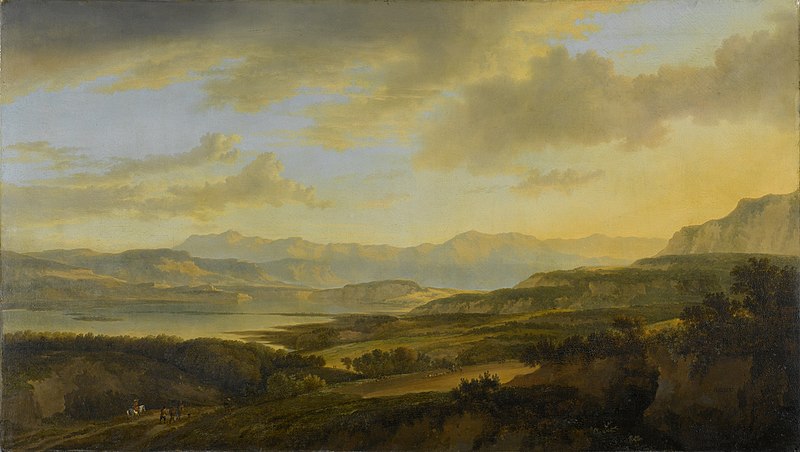
“Landscape painting is the obvious resource of misanthropy.” — William Hazlitt
From Lee Sallows:
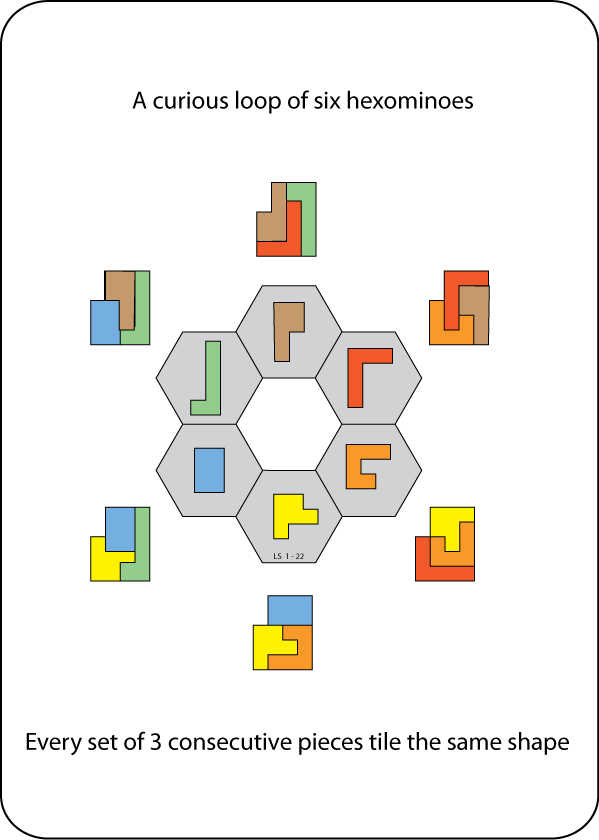
(Thanks, Lee!)